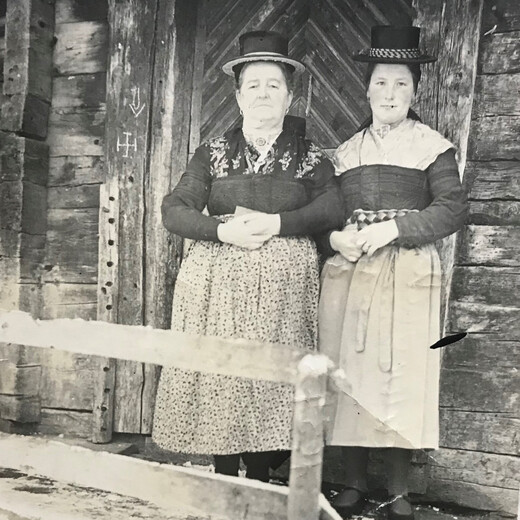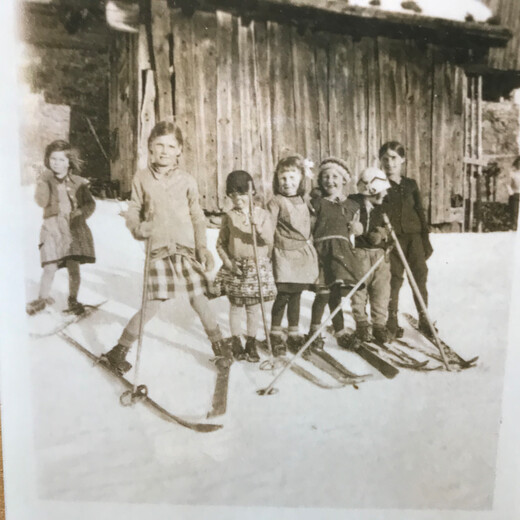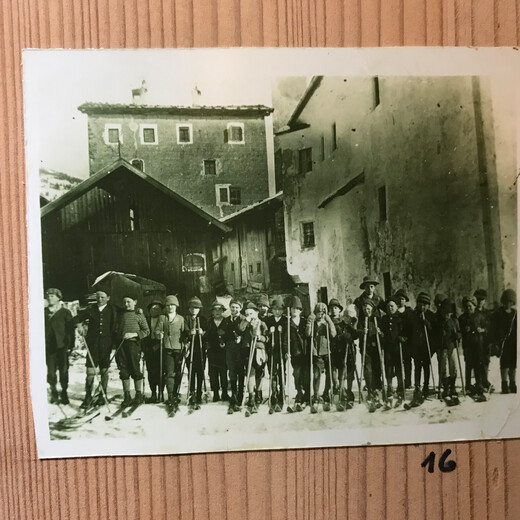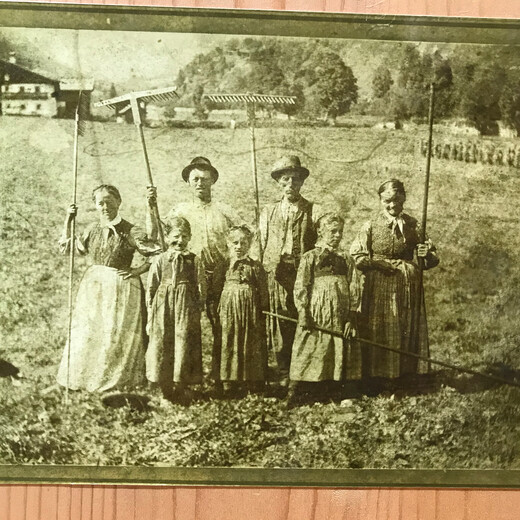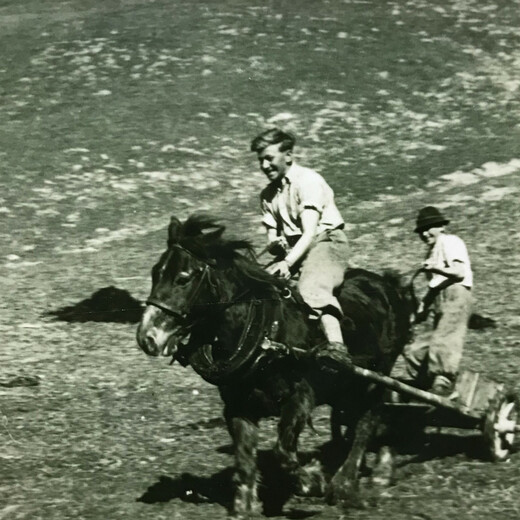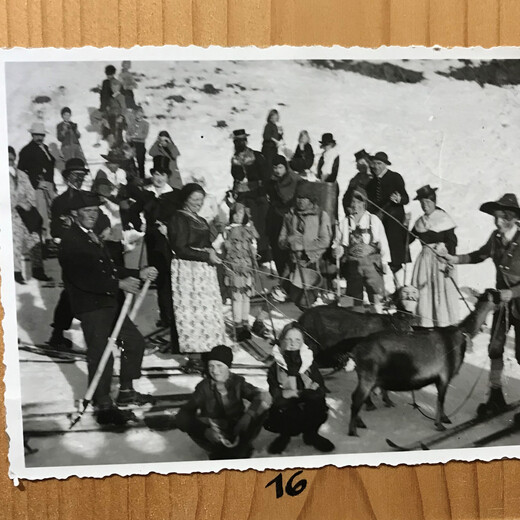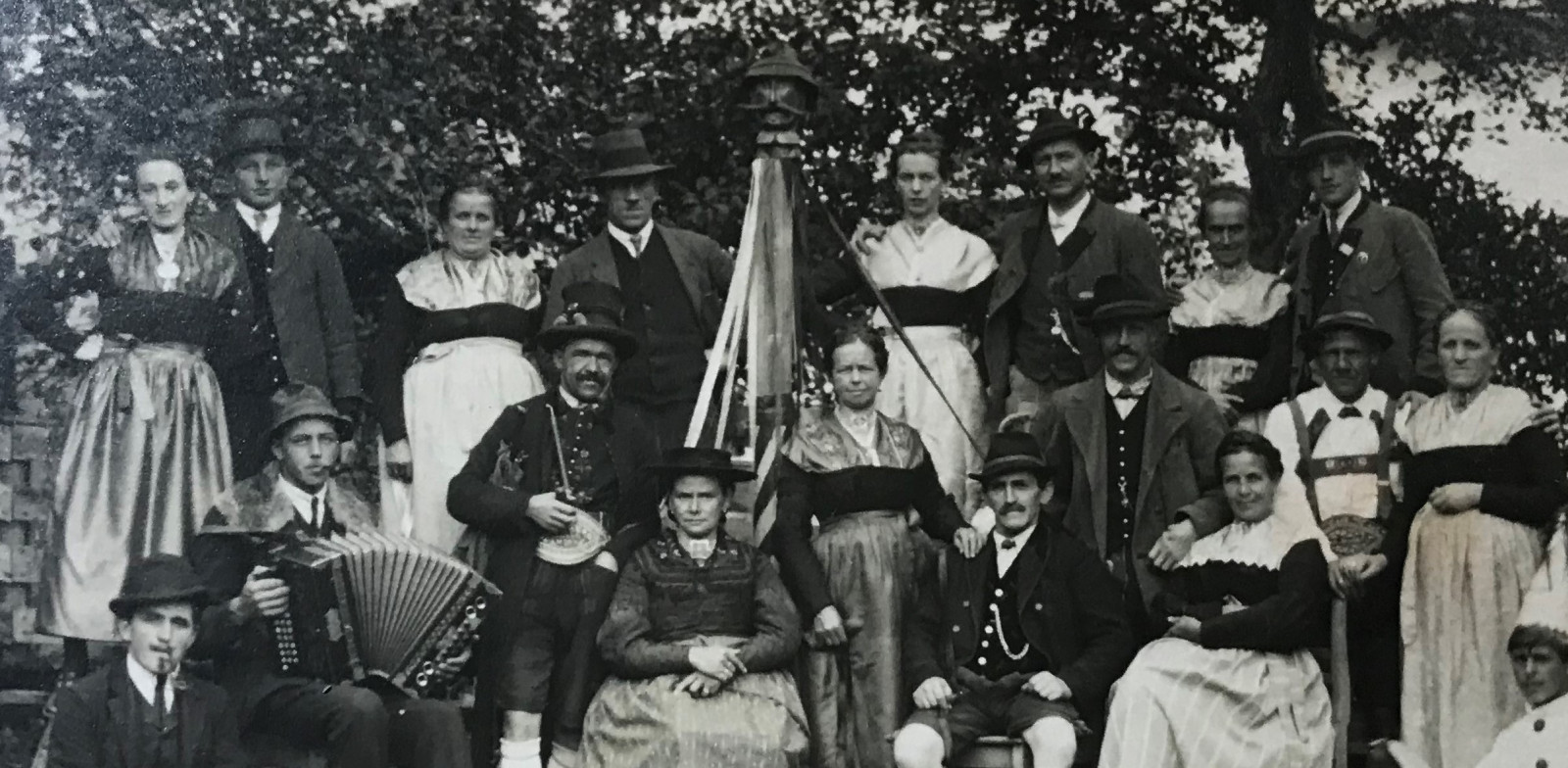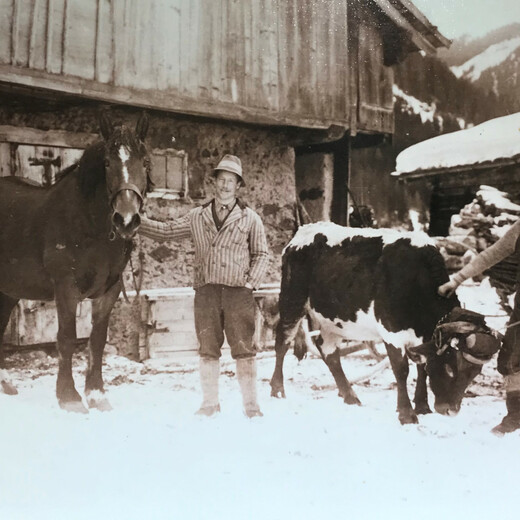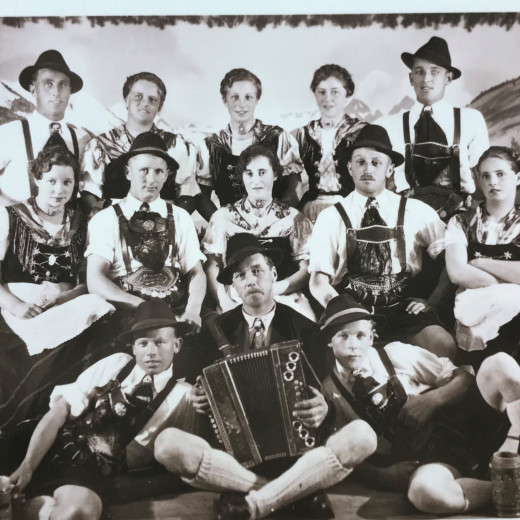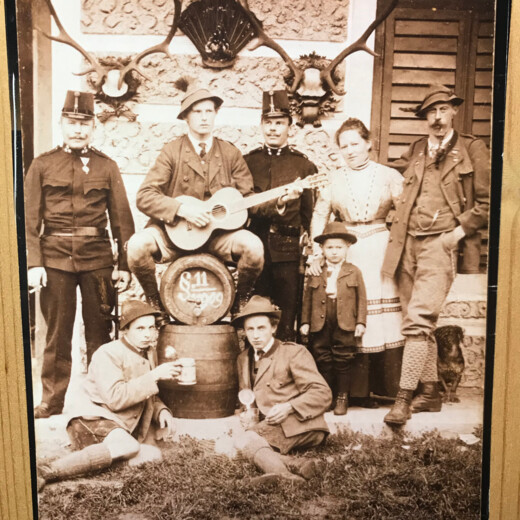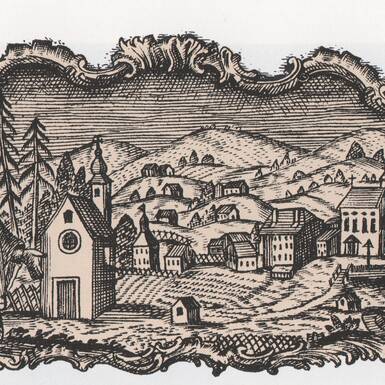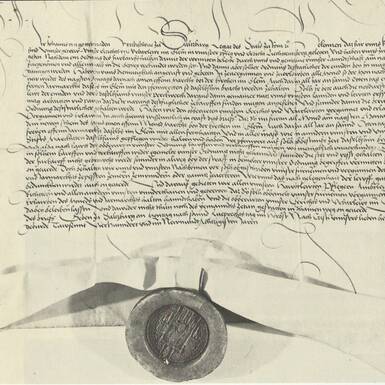- Traditions
Stories and old pictures to reminisce and smile about
Where various cultures and lifestyles have converged for over a hundred years, the most unusual things happen. Today's Saalbach Story is about old stories, songs, and rhymes to make you smile and historical pictures of the region with people who lived here long ago.
A song about the Glemmer*
In the spirit of the song "I bin a echtes Weanakind", Karl Bader wrote a song for the Glemmer - and about the Glemmer - around the turn of the century. He refers to the beauty of the ladies and the strength of the men, who were not afraid to show it off:
I bin a echtes Glemmer Kind, in bin a lustigs Haus.
In Hinterglemm und Vorderglemm, da kenn i mi guat aus.
In Saalbach sand de Buama ra, und Dirndl ham ma gnua.
In Saalbach sand de schönstn Leut, da kehr i a dazua.
Refrain:
Habts a Idee? Sechts, das ist glemmerisch:
Trinkts a Stamperl Schnaps, an Tschick danebn,
so is Brauch in Glemm.
Und wan die Leut an Glemmer sehn, reißns s’Maul weit auf,
und bringes s’ es sonst nimmer zua, so haut ma ea ans drauf.
In Saalbach ist das schönste Vieh, die schönsten Küh und Kalm.
Im Neuhaus sand de Schweine groß auf eana hohen Alm.
Die kasigst Sennin ham’s beim Schmied, a da Au de schönste Dirn,
und wer das Ding nicht einsicht, ja den fehlt’s a wenig im Hirn.
In Saalbach ist die Hauptstadt, wo die Fremden viel verkehrn.
Im Winter, wenn Saisonzeit ist, da kunnst fast narrisch wern.
Die Gasthöf, die sand überfüllt von Taxing bis in die Au,
wenn das Ding so weitergeht, bleibt a Geld zum Straßenbau.
An event that made people start talking about the impetuous Glemmer far beyond the borders of the valley was probably the "battle on the Schlaberstatt". 300 Pinzgauer faced 22 Jochberger at the "shepherds' dance" on the border between Pinzgau and Tyrol, reviving a centuries-old feud that arose because of animals grazing at the "neighbour's". The Tyroleans were thrashed with "guns, pistols and sticks". This was followed by a dispute in court that lasted for years.
Even in the past there were disputes and it is said that for decades the Jochberger were the clear winners of every battle. In Stuhlfelden, it is said that the Jochberger even beat up the church-goers after mass.
A lumberjack provided new schoolbooks in 1923
But the Glemmer folk also have very warm-hearted qualities, as the following story proves:
After the First World War in particular, there was great hardship in the community. Only the most essential expenditures could be made and so the school management had to find a way to raise the funds for the urgently needed schoolbooks by another means. A children's theatre was organised and raised a net profit of 517,000 Kroner. A lumberjack was so enthusiastic about the children's theatre performance that he donated his entire savings, namely 50,000 Kroner, towards the purchase of books.
Priest Johann Gumpold described the result in poetry form*:
„De Gmoa hat koa Geld, d’Schulkinder koa Buach,
koa Heftl, koa Fedarn, koa Tintn.
Da Lehrer hod gsagt, hiaz, Kinder paßts auf,
hiaz miaß ma an Mittelweg finden.
Mach ma halt a Theater und spieln drauf los,
daß d’Engel und d’Toifen tan tanzen.
Wir schatzen und wagn und tan recht groß,
als wa ma de frechsten Wanzen.“
The children - and the spectators - loved it!
Cases of crime in the Glemmtal
Sleuths and sinners also haunted the Glemmtal. And so, the following things are said to have happened:
Rainer Gall, the famous leader of a smuggling gang, was convicted in 1725. He organised large-scale smuggling of brandy from Hochfilzen in Tyrol to Saalbach. Among his customers were large taverns and inns in the village. The indictment says: "He leaves his wife and child at home, bargains for cattle and lard and anything else he can get his hands on." Soon after his arrest, another "smuggler" took over his business.
On Christmas Eve in 1873, two drunken farmhands dressed in fancy dress with masks are said to have disturbed the church service. They were making a lot of noise and are even said to have danced around the altar in their costumes while making faces. Their misbehaviour caused a great stir and resulted in the two of them being arrested for three weeks.
In the summer of 1947, a total of nine burglaries took place on the Alpine pastures. Among the stolen goods was 40 kg of fresh butter. The culprits were proven to have committed two burglaries. The stolen goods were seized.
Sources for stories from the local area are difficult to come across. Some references can be found in the "Heimatbuch Saalbach" by Siegfried Weitlaner, others in the book "Mitterpinzgau" by Josef Lahnsteiner and a few were simply passed down by word of mouth. Some will be factual; some will be somewhat exaggerated, and others may have sprung from the imagination of the amusing inhabitants of the Glemm Valley.
One thing they all have in common is that they give us a glimpse of a bygone era and put a smile on our faces. Just like the photos in this story.
The pictures come from the archive of the Heimathaus. There they can be admired in the original form as well as many other alternating exhibitions by local artists.
*) Literally translated:
The Glemmer song
I am a real Glemmer child, I am a funny thing.
I know Hinterglemm and Vorderglemm quite good.
In Saalbach there are not that many young lads, but plenty of girls,
in Saalbach live the most beautiful people - and I am one of them for sure!
Chorus:
Did you know? Take a look - that is typical for the Glemmtal inhabitants:
Drink a schnaps, chew some tobacco,
that's how the tradition is in Glemmtal.
And if people see real "Glemmer", they marvel with open mouths.
And if they don't close them - we will help them out!
In Saalbach graze the most beautiful cattle, the most beautiful cows and calves.
The pigs are big at Neuhaus Alpine pasture high up the mountains.
The most beautiful girls are said to be the dairy maid at the Blacksmiths house and the Maid that works at the Au.
Everyone who can't see that is a little bit dumb.
Saalbach is the centre where many tourist flock.
During high season in winter, you can go a little mad.
The guest houses are overflowing, from Taxing until Au,
if it continues like that, there will be enough money to build a street.
The poem
The municipality has no money, the school kids no books,
no pen, no ink.
The teacher said - children,
we must find a different solution!
Let us make a theatre - we act as we are -
that the angels dance with the devil!
We speak, play and act -
as we are naughty bugs!

